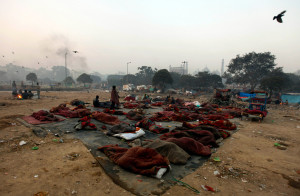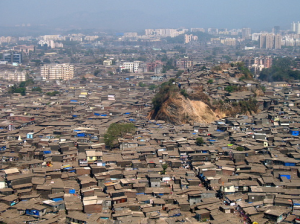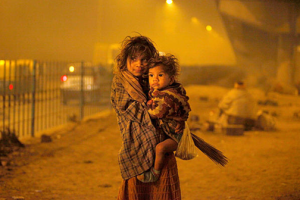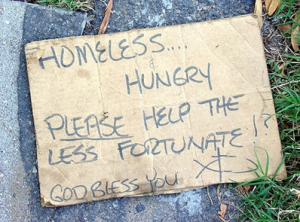
Despite the fact that India has grown quite well as an economy, there is still a large chunk of population void of the basic necessities of life, shelter being one of them. Homelessness in India has been a problem for centuries. Before we get into the details of this menace, let us first define what the term ‘homelessness’ actually means.
Homelessness is the condition and social category of people who lack housing, because they cannot afford, or are otherwise unable to maintain, a regular, safe, and adequate shelter. The Census of India defines ‘house-less population’ as persons who are not living in ‘census houses’. A ‘census house’ is a ‘structure with roof’.
FACTS AND FIGURES
United Nations Commission on Human Rights in 2005 note that, an estimated 100 million people -one-quarter of the world’s population- live without shelter or in unhealthy and unacceptable conditions. Over 100 million people around the world have no shelter whatsoever. The Action Aid in 2003 had found out that there were 78 million homeless people in India alone. CRY(Child Relief and You) in 2006 estimated that there are 11 million homeless children live on the street. Mumbai, Delhi and Kolkata, are home to 17% of the world’s slum dwellers.

CAUSES
Now the question arises, where do these people come from? What makes the homeless, homeless? Some of the problems leading to homelessness include: disability (either mentally, physically, or both), lack of affordable housing, unemployment and changes in the industry. Jobs involving heavy industry and manufacturing (that require only a high school level of education) are being replaced by service industry jobs (which may require a high level of education). More people in India are becoming unemployable for the jobs of the 21st century. So, some people are homeless because they are uneducated, and they remain uneducated because they are homeless. This is the vicious cycle they are trapped in. Other factors include job loss, domestic violence, substance abuse, the de-institutionalization of patients with mental health problems, human trafficking, movement from villages to cities without jobs and help amongst other things.
EFFECTS ON CHILDREN

Homelessness influences every facet of a child’s life — from conception to young adulthood. The experience of homelessness inhibits the physical, emotional, cognitive, social, and behavioral development of children. Difficulties faced by homeless children include depression, low self-esteem, lack of sleep and nutrition and feelings of shame and embarrassment. These children are exposed to the harsher realities of life. Some of the challenges faced by homeless children are exploitation and abuse, child labour, health issues, drug addiction etc.
WHAT ARE WE DOING?
The final and most important question arises, what is being done to mitigate, if not eradicate this problem. The media both in national and international level are giving much attention to the street children in recent years. The 2009 Oscar Award nominated movie “Slumdog Millionaire” by Danny Boyle has drawn much attention to the life of homeless /street children in India. The efforts to increase awareness have led to several initiatives involving numerous groups working with street children, the launching of specific schemes and programs at the local, state and national level and the initiation of numerous studies on street children. A central scheme for the welfare of street children has recently been initiated by the Indian Government’s Ministry of Welfare, which gives funding to NGOs on programs related to street children. Before this Salaam Bombay was another movie that brought this aspect to attention leading to the development of a trust to work with street children to make them independent.

Perhaps we need to take a closer look at the homeless people we pass by every time while commuting from office to home. And get rid of the state of apathy we seemed to have developed – hardly ever acknowledging the issues and dealing with them as if they were the most normal things to happen. It’s high time that we as individuals think it through.